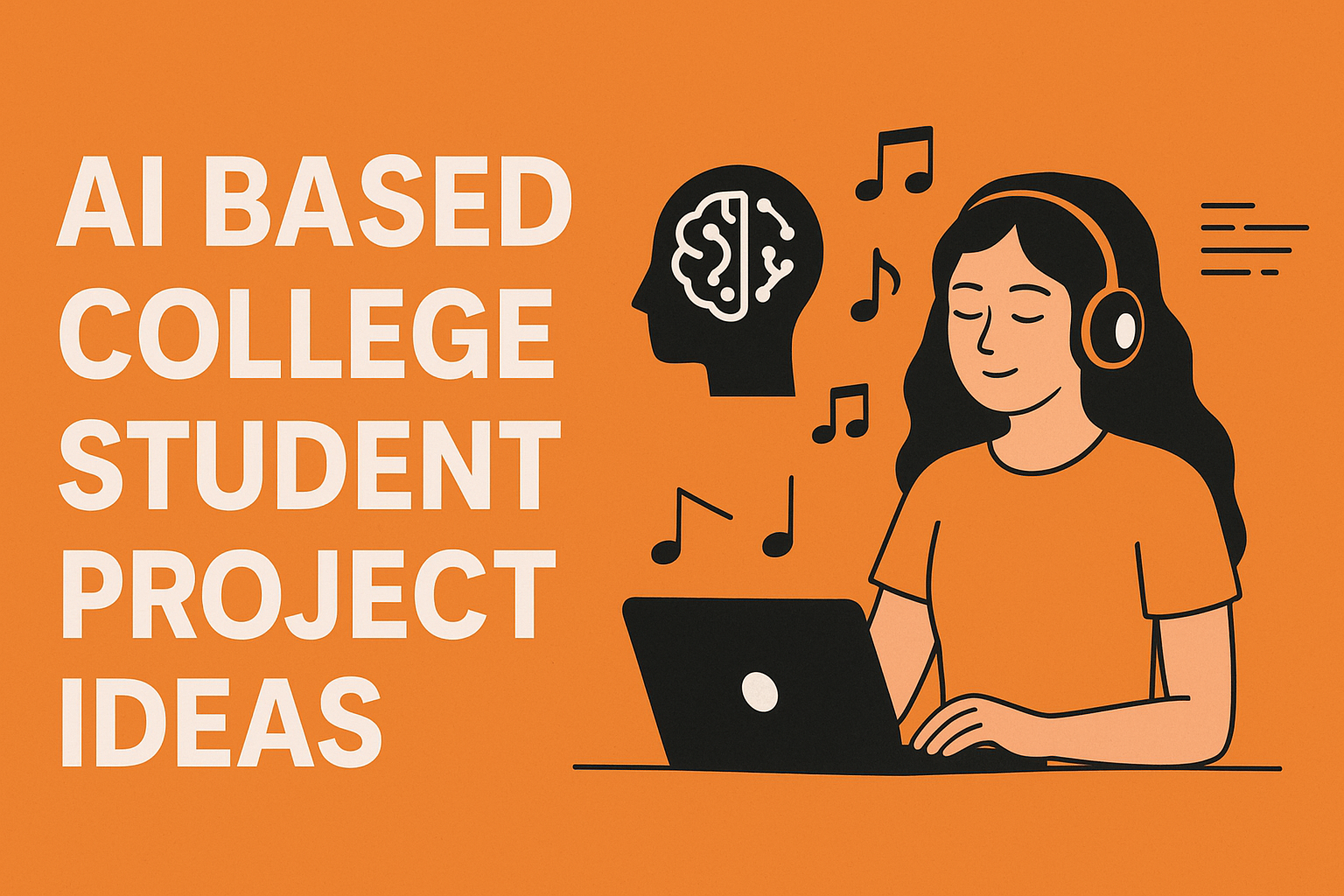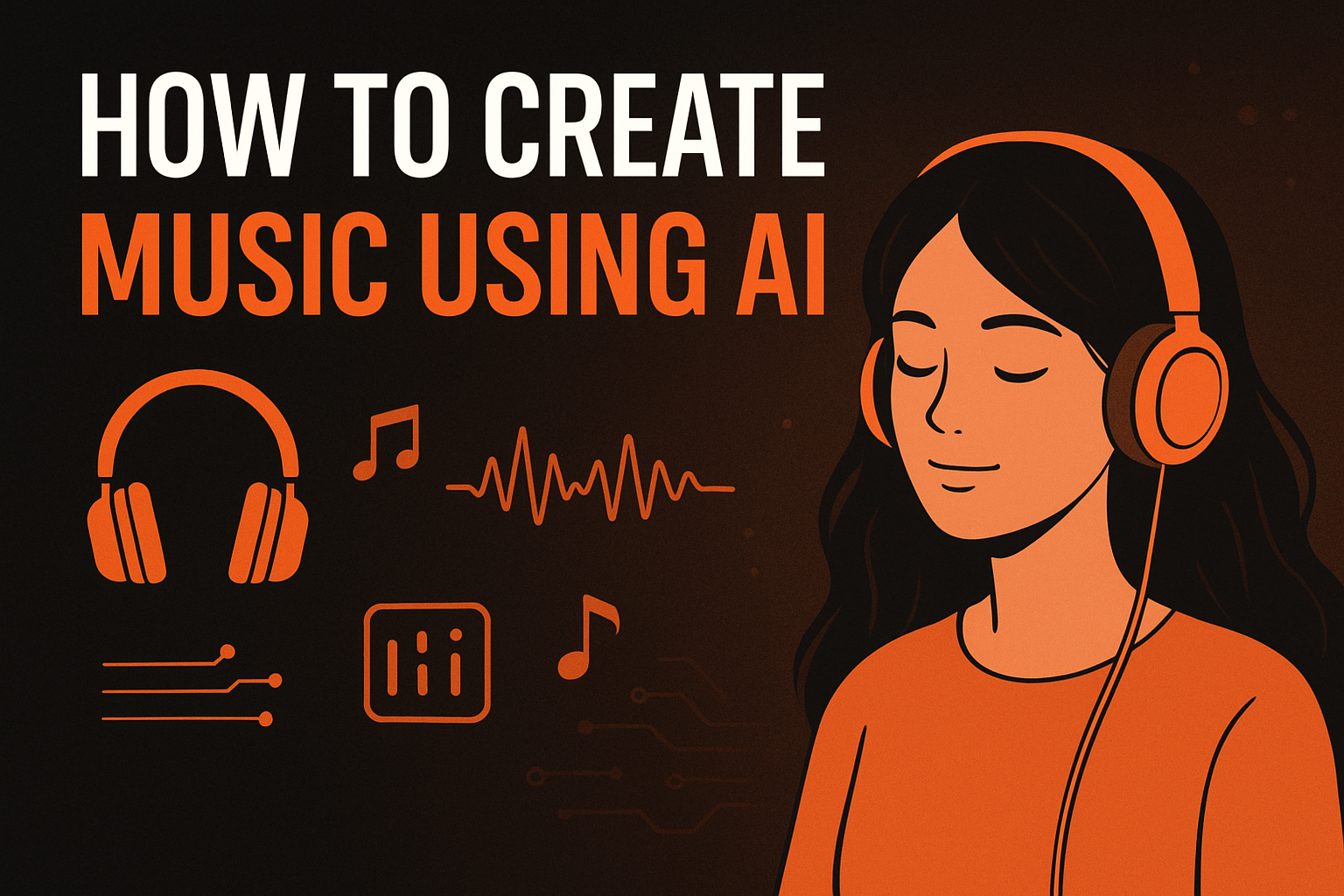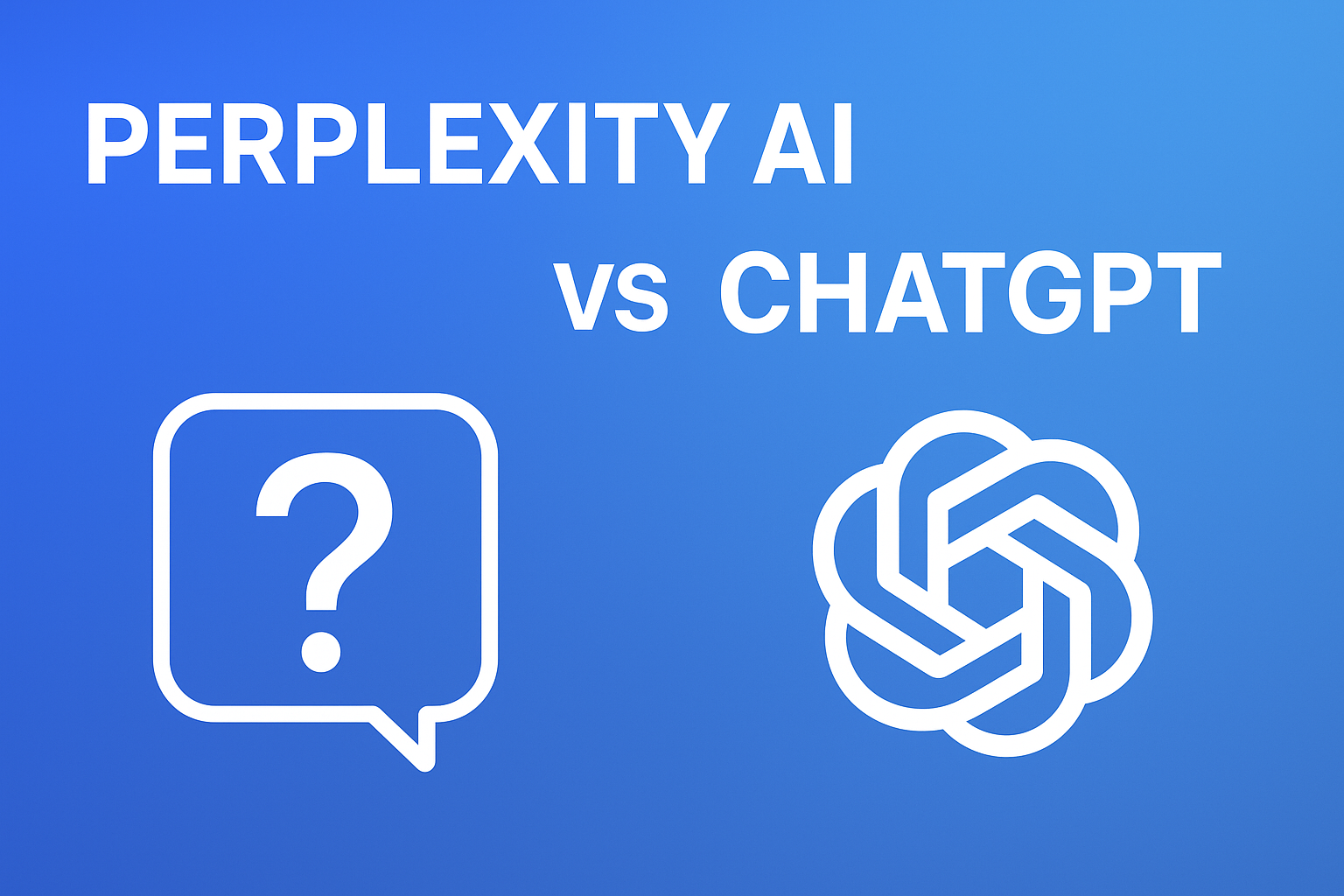AI Agents are transforming industries from automating workflows to making high-stakes decisions in milliseconds. But here’s the twist: most guides will show you what to do, not why each step really matters or how the process feels when building one.
Today, we break down the 7-step AI Agent build process—not just technically, but from the perspective of what’s often overlooked. Whether you’re a developer, tech founder, or digital creator, this human-first guide offers insider logic, nuance, and practical intuition no one talks about.
1. System Prompt: The Soul of Your Agent
Everyone talks about prompts like it’s just a command. But it’s not—it’s personality programming.
- Why it’s more than text: This step is where you craft your agent’s identity—goals, role, instructions. It’s where a support bot becomes a strategist, or a tutor turns into a motivator.
- Tip: Use role mirroring. Define not just what the agent does, but how it behaves emotionally (helpful, assertive, curious).
- Secret Insight: Human-like agents start with emotional tone in the prompt—not just task logic.
2. LLM: The Brain, But with a Temperament
Choosing the LLM isn’t just about accuracy—it’s about alignment with your agent’s “attitude.”
- Why LLM selection matters deeply: GPT-4 is great, but sometimes Claude or Gemini offers a better tone. Pick your base model based on social intelligence, not just tech specs.
- Consider: Parameters = personality range. Tight constraints = rigid agent. Looser ones = creativity.
- Pro Tip: Always test your prompt on 2–3 models for tone and trust level before scaling.
3. Tools: The Muscles and Senses
This is your agent’s physical body. Without tools, it’s just smart—but useless.
- Beyond APIs: Think like a product designer. What can your agent touch (data)? What can it see (vision tools)? What can it control (apps)?
- Secret Sauce: The tool isn’t what matters. It’s how you expose the tool to the LLM: structured access = smarter choices.
4. Memory: Not a Brain Dump, But an Experience System
Memory isn’t about storage. It’s about personality evolution.
- Key Insight: Episodic memory gives your agent emotional context. Working memory keeps conversations flowing. Vector DBs help it think across time.
- Unique Approach: Use memory not just for “what happened” but “how the user felt.”
- Tool Tip: Map memory types to user journeys—episodic for support agents, vector for research bots.
5. Orchestration: Where Real Intelligence Emerges
This is where your agent stops being a chatbot and starts being a thinker.
- What’s really happening: You’re designing how the agent makes decisions—through routes, triggers, workflows, and inter-agent dialogue.
- Overlooked Tactic: Use orchestration for empathy. For example, route frustrated users to a softer tone module.
- Trend Insight: Agent-to-agent orchestration (A2A) is the future of multi-agent ecosystems. Think of it as “AI democracy.”
6. UI: The Skin, But Also the Safety Layer
UI is not about design. It’s about trust.
- Hidden Role: A well-built interface is the difference between an AI that feels “robotic” vs “personal.”
- Design Prompting Tip: Use input formatting and microcopy to guide users into better prompting.
- Key Emotion: The UI should make users feel in control, even if the agent is doing the work.
7. AI Evals: The Mirror That Doesn’t Lie
You don’t just build once. You iterate—like training an athlete.
- Rethink “evals”: They’re not about success/failure. They’re about understanding personality drift, hallucination frequency, and empathy loss over time.
- Pro Strategy: Run periodic “mystery user” tests to see how the agent reacts outside of expected behavior.
- What to Track: Measure not just performance, but user confidence.
Bonus: Frameworks—Your Ecosystem Playground
Think of frameworks as different languages for raising your AI child.
Here’s what’s often missed when choosing a framework:
| Framework | Secret Edge |
|---|---|
| AutoGen | Best for developers who want pure control with minimal memory overhead. |
| CrewAI | Human-in-the-loop structure. Best for distributed agent roles. |
| LangGraph | DAG-based. Most intuitive for mental model builders. |
| n8n / Make | Perfect for low-code automation lovers building small business agents. |
| Vertex / Anthropic | Choose if your agent needs vision, search, or emotional restraint. |
Final Thought: You’re Not Just Building Agents. You’re Designing Digital Beings.
When you build an AI agent, you’re not assembling code.
You’re designing a user’s relationship with intelligence. Done right, it’s not just automation it’s companionship, guidance, and trust.
So next time you start an AI agent project, don’t just ask “What can it do?”




